
Chronic Kidney Disease
Latest News
CME Content





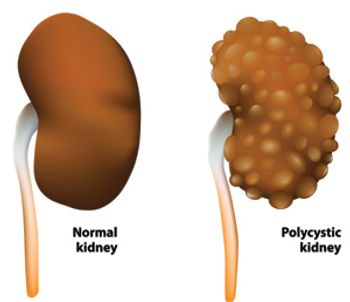
Although the name suggests the disease affects only the kidneys, development of fluid-filled cysts can spread to the liver, the pancreas, and other organs. While a healthy kidney is about the size of a fist, a kidney filled with cysts from polycystic kidney disease (PKD) can grow to be about the size of a football weigh up to 30 pounds

Data from DAPA-CKD show that the trial met all its primary and secondary end points for patients with chronic kidney disease, with and without type 2 diabetes. The announcement comes after a data monitoring committee halted the trial in March 2020 when it found the evidence of efficacy was overwhelming.
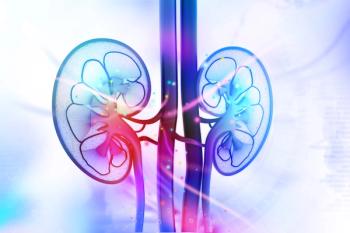
Just when renal replacement therapy should start after acute kidney injury has been debated.

While clinical guidelines call for those with diabetes to be tested regularly for kidney disease, less than 50% of these patients are tested once a year, according to the National Kidney Foundation.

The authors said the results show a need to develop more targeted interventions for populations at risk of chronic kidney disease (CKD).


The coronavirus disease 2019 pandemic presents a new challenge: patients have severe flu-like symptoms, but the virus can also cause renal failure. Doctors and patients need analgesics that go easy on the liver and kidneys but are not addictive, and this week researchers at LSU Health New Orleans Neuroscience Center of Excellence announced they have discovered a new class of drugs that can do the job.

This week, the top managed care news included CMS planning to pay more for at-home dialysis equipment; ACR supports continued use of telemedicine after the COVID-19 pandemic passes; AJMC®’s coverage of AIDS 2020, the 23rd International AIDS Conference.

End-stage renal disease has long been one of the most expensive and debilitating conditions that affects Medicare beneficiaries. Not only does dialysis cost $90,000 a year—those awaiting a kidney transplant automatically qualify for Medicare—but the need to travel to a dialysis center multiple times a week disrupts employment and home life.
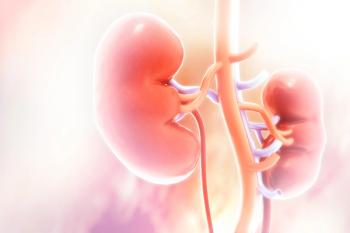
Results from the University of New South Wales appeared in the New England Journal of Medicine. The co-lead investigator said the results show the need for more treatment options in chronic kidney disease.

Previously, fat cells, called adipocytes, were not known to have a role in renal failure-associated cardiomyopathy.

A coauthor of the study said that if the noninvasive test was used more widely, before kidney cancers have spread, fewer people would die from the disease.
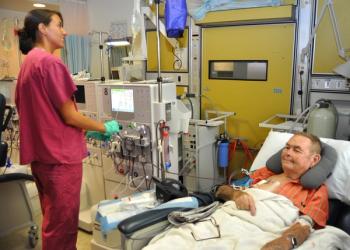
Acute kidney injury is a sudden onset of kidney damage that causes waste products to build up in the body. These episodes have become more common during the coronavirus disease 2019 pandemic, causing kidney failure in some previously healthy patients who had no prior history of renal problems.

In a poster titled “Basal Insulins in Advanced Renal Failure: Time for a Paradigm Shift,” authors compared the safety and efficacy of insulin degludec (Tresiba) with insulin glargine 100U (Lantus) among patients with stage 3 and stage 4 chronic kidney disease (CKD).

Two studies evaluated how well the dual inhibitor reduced glycated hemoglobin (A1C) while measuring instances of hypoglycemia and other safety measures.

Experiments with the protein Cx43 show that it could be a "druggable target" to prevent renal decline.

Recently, cardiorenal outcomes have gained attention, as SGLT2 inhibitors in particular have been shown to prevent renal decline and reduce the risk of patients with type 2 diabetes (T2D) progressing to kidney failure

The NKF, which works to address health issues for 37 million people in the United States with kidney disease, said Floyd’s death and the ongoing coronavirus disease (COVID-19) pandemic both highlight disparities in health outcomes between minority groups and whites.

Patients who have no history of kidney damage are ending up with acute kidney injury, which could leave them at higher risk of chronic kidney disease and dialysis.
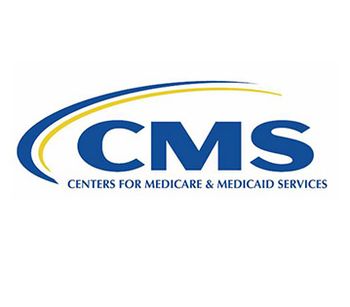
The rate increase comes as the agency is easing up on quality reporting requirements to give health sytems breathing room amid the pandemic. Monday’s announcement also clarified some payment changes for end-stage renal disease.










































